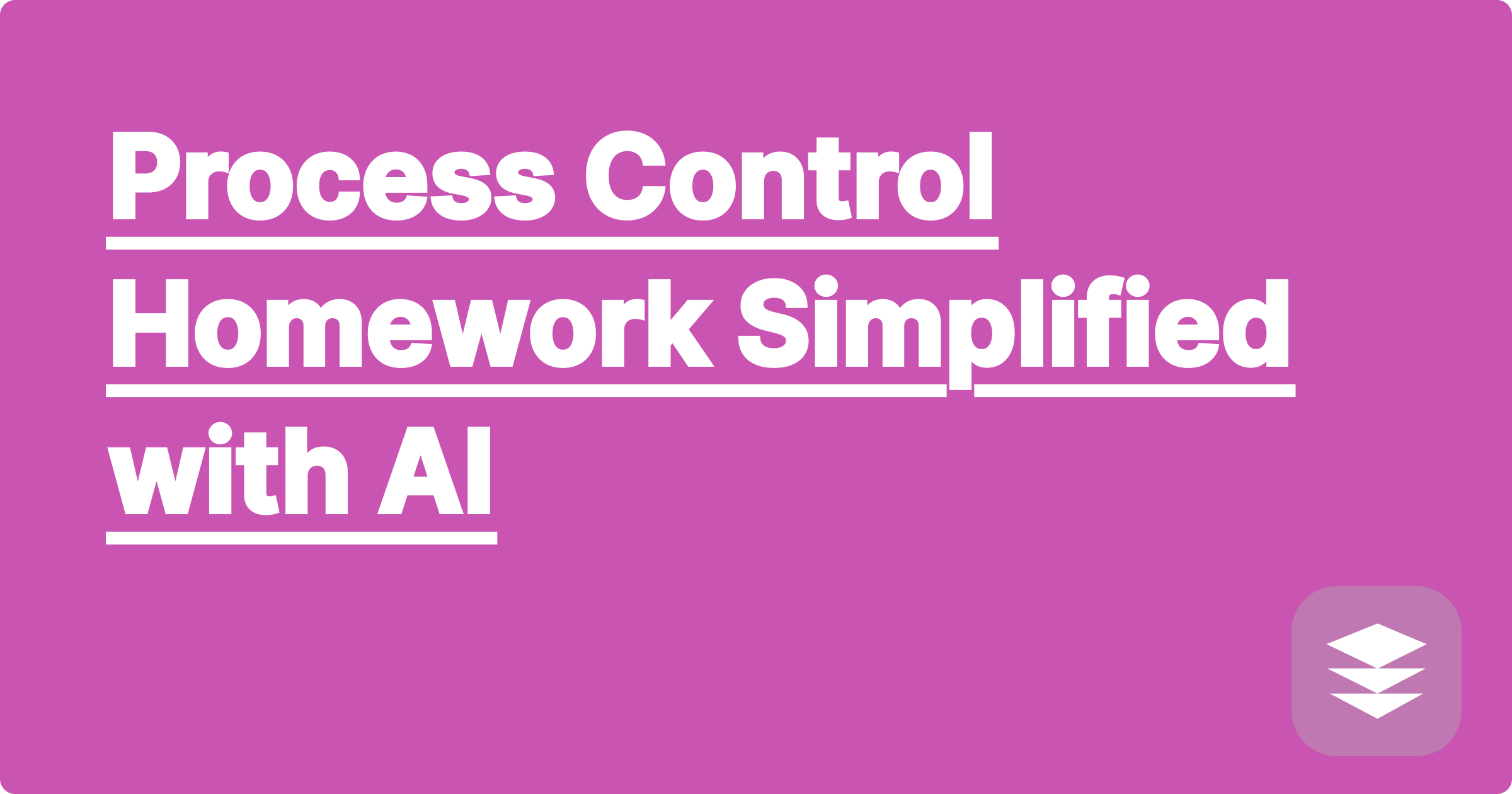
Process Dynamics and Control is a critical subject for chemical engineers, teaching you how to keep a complex industrial process running safely and efficiently. It's also a course filled with challenging mathematical modeling, from deriving transfer functions to tuning PID controllers.
The homework in this course often requires you to:
These tasks are mathematically intensive and require careful, step-by-step execution. Getting good process dynamics and control help is key to mastering the material.
An AI tool like GPAI Solver can act as your personal process control expert, guiding you through the most difficult parts of your homework.
Tuning a PID controller is a classic process control problem. You can use the AI to explore it.
By using an AI to handle the complex algebra and plotting, you can build a more intuitive understanding of how control systems work. You can quickly see how changing a controller's gain affects the system's stability and response time, which is the core skill of a process control engineer.
[Get process dynamics and control help with GPAI Solver. From transfer functions to PID tuning, solve your homework faster. Sign up for 100 free credits.]
Visualizing Metabolic Pathways: An AI Guide for Biochemists
A Smarter Way to Do Your Genetics Homework: Punnett Squares and Pedigrees with AI
Chemical Engineering Thermodynamics: Beyond Steam Tables with AI
Transport Phenomena Explained: An AI Solver for Momentum, Heat, and Mass Transfer
How to Write a Molecular Biology Lab Report That Gets an A
Reactor Design and Kinetics: An AI Tool for Your Toughest Homework
The Ultimate MCAT Biology & Biochemistry Cheatsheet, Built by AI
From Lab Data to Publication-Ready Graphs with an AI Assistant
Process Control Homework Simplified with AI
How to Memorize Hundreds of Medical Terms with an AI-Powered Notetaker